


Yokohama has this effortlessly cool vibe that feels both vibrant and laid-back at the same time. Imagine strolling along a waterfront where the salty breeze mingles with the scent of fresh ramen and grilled seafood wafting from cozy street stalls. The city hums with life—kids laughing in parks,couples chatting over coffee in quirky cafes,and the distant chime of ships docking in the harbor. It’s a place where modern skyscrapers stand shoulder to shoulder with charming,old-school neighborhoods,creating a unique blend of past and present. Walking through Yokohama’s Chinatown,you’re instantly enveloped in a kaleidoscope of colors and sounds—red lanterns swaying gently,the sizzle of dumplings on a hot griddle,and the chatter of vendors inviting you to try their specialties. Then,just a short walk away,the serene Sankeien Garden offers a peaceful escape with its winding paths,koi ponds,and traditional tea houses that invite you to slow down and savor the moment. What really makes Yokohama special is how it embraces the sea. Whether you’re watching the sunset paint the sky from the Cosmo Clock 21 Ferris wheel or exploring the futuristic Minato Mirai district,there’s a constant feeling of openness and possibility. It’s a city that invites you to explore,taste,and breathe in its unique blend of energy and calm—making every visit feel like a fresh discovery.
The information on this page is currently being reviewed by Tripkliq and should be used as a guide only
Eng word: Hello
Eng pronunciation: Konnichiwa
Local language: こんにちは
Eng word: Goodbye
Eng pronunciation: Sayōnara
Local language: さようなら
Eng word: Thank you
Eng pronunciation: Arigatō
Local language: ありがとう
Eng word: How much
Eng pronunciation: Ikura
Local language: いくら
Eng word: Toilet
Eng pronunciation: Toire
Local language: トイレ
Eng word: Help me
Eng pronunciation: Tasukete
Local language: 助けて
Eng word: Yes
Eng pronunciation: Hai
Local language: はい
Eng word: No
Eng pronunciation: Iie
Local language: いいえ
Eng word: Excuse me
Eng pronunciation: Sumimasen
Local language: すみません
Yokohama's port was one of the first to be opened to foreign trade in 1859 after the signing of the Harris Treaty, marking the beginning of the city's international connections.
Yokohama is credited with the introduction of ice cream to Japan in the 1860s, making it a significant cultural culinary contribution.
The beautiful Sankei-en Garden, opened in 1906 by businessman Tomitaro Hara, features historically significant structures from across Japan, reflecting the country's architectural heritage.
Yokohama Chinatown, established shortly after the port's opening, is Japan's largest Chinatown and a vibrant testament to the city's multicultural history.
Yokohama was dramatically affected by the Great Kanto Earthquake in 1923 which led to a thorough reconstruction of the city, demonstrating its resilience and ability to rebuild.
Constructed in the early 20th century, the iconic Red Brick Warehouse has evolved from a customs clearinghouse to a thriving shopping and cultural facility, showcasing the city's adaptive reuse of historic buildings.
Yokohama was the site of Japan's first street lights, illuminated in 1872, symbolizing the dawn of the modern era in the country.
The nation's first railway line was opened in 1872, connecting Yokohama with Tokyo and marking the start of Japan's rapid modernization in transportation.
Constructed in 1961 to commemorate the city's 100th anniversary of the opening of its port, the Yokohama Marine Tower was once the tallest lighthouse in the world, symbolizing the city's maritime heritage.
In Yokohama, the most common Power Adaptor is Type A, Type B.



A rich and flavorful ramen that often features a soy sauce-based broth, topped with chashu (braised pork), green onions, and menma (bamboo shoots).
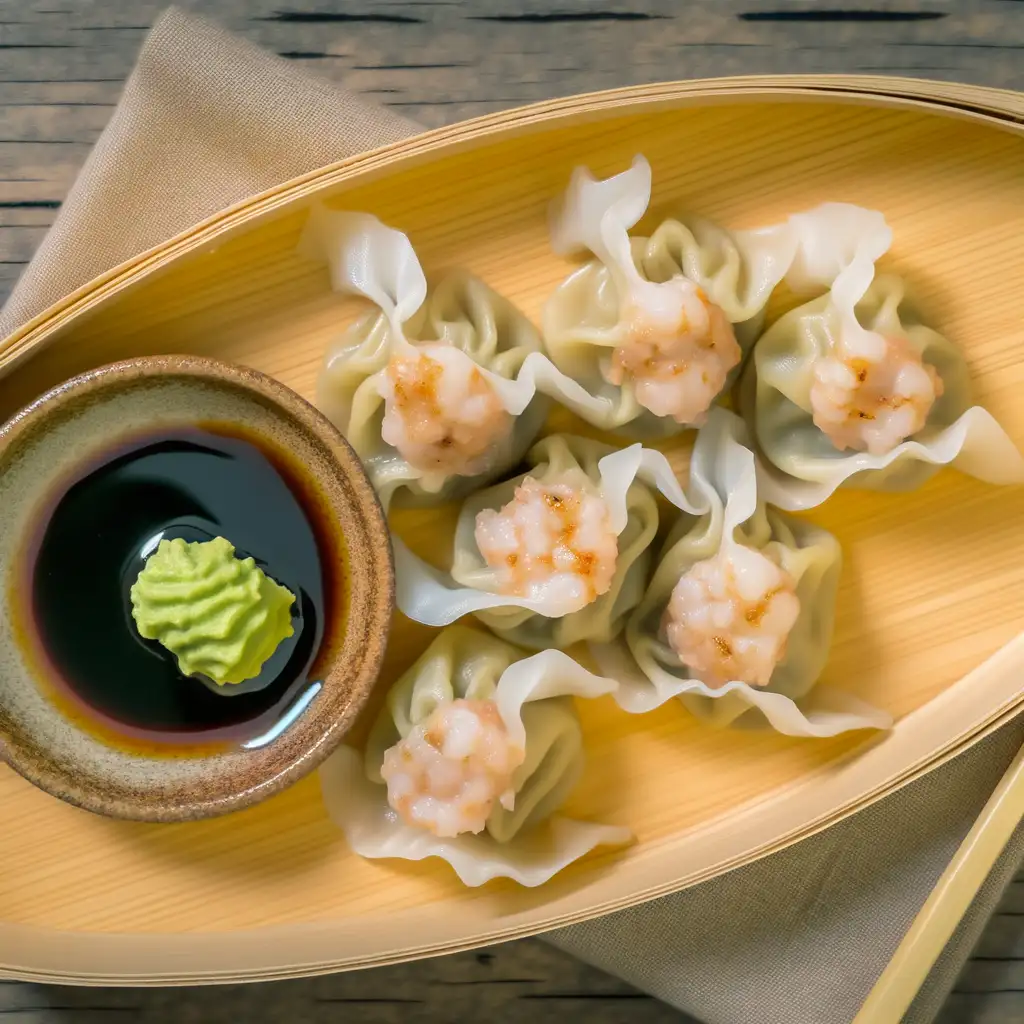
Steamed dumplings filled with minced pork and shrimp, often served with soy sauce and wasabi. Yokohama is known for its unique take on this dish.
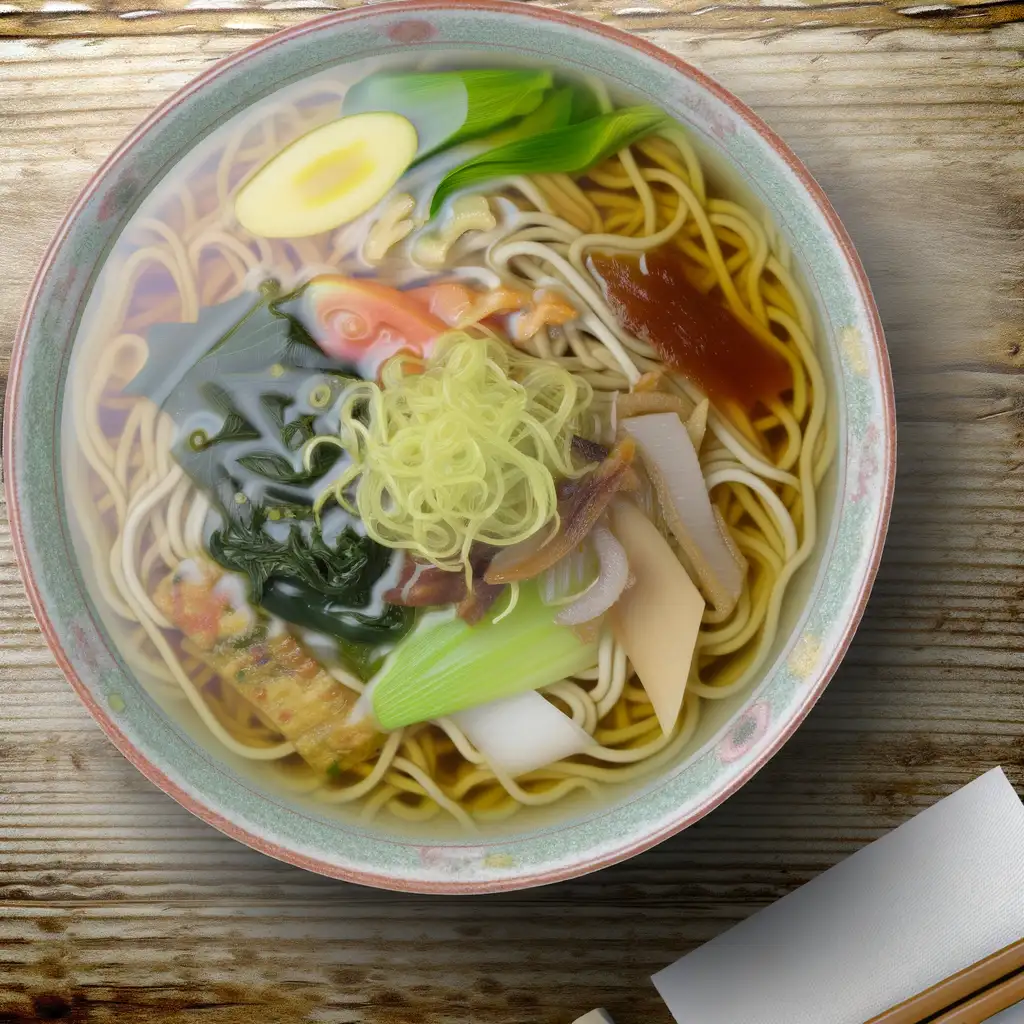
A type of Chinese-style noodle soup that has become popular in Yokohama, featuring a clear broth and various toppings like vegetables and meat.
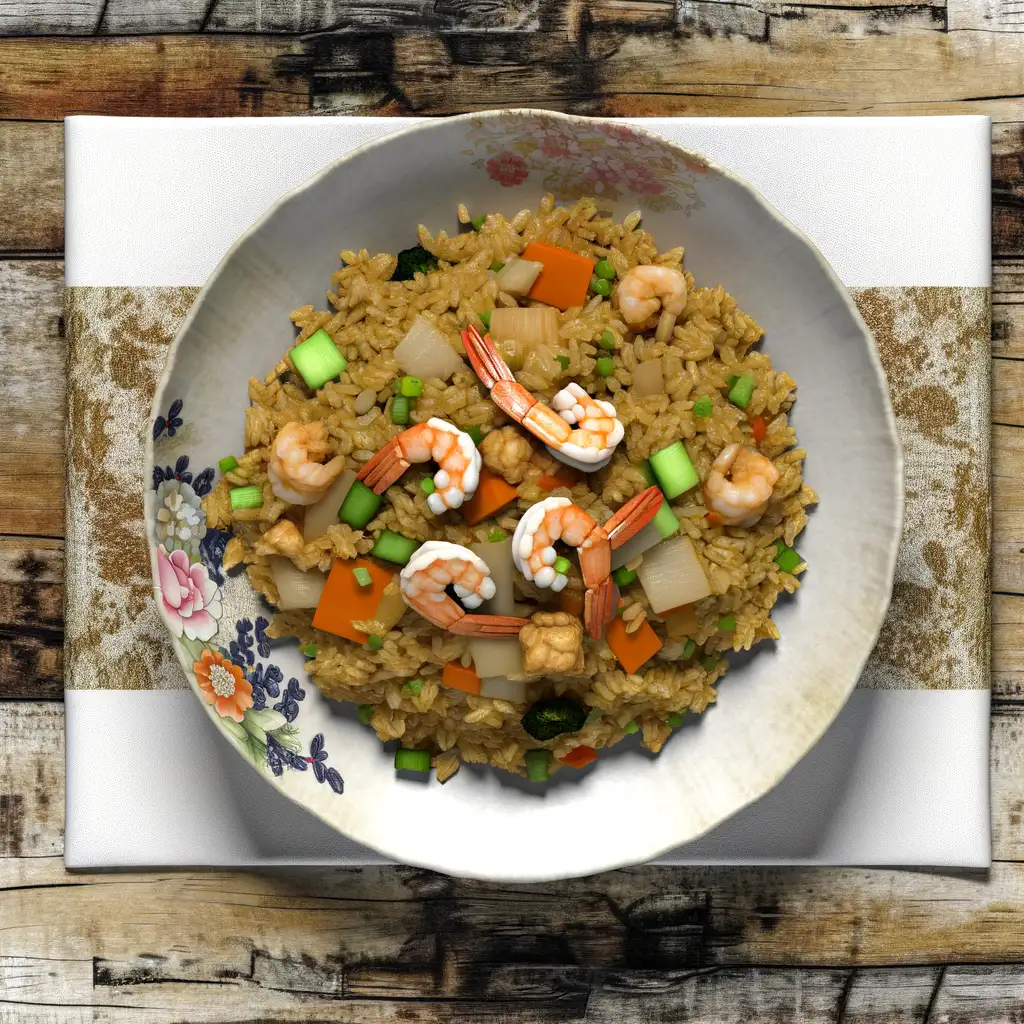
A flavorful fried rice dish that incorporates a variety of ingredients such as shrimp, vegetables, and sometimes chicken, reflecting Yokohama's Chinese influence.
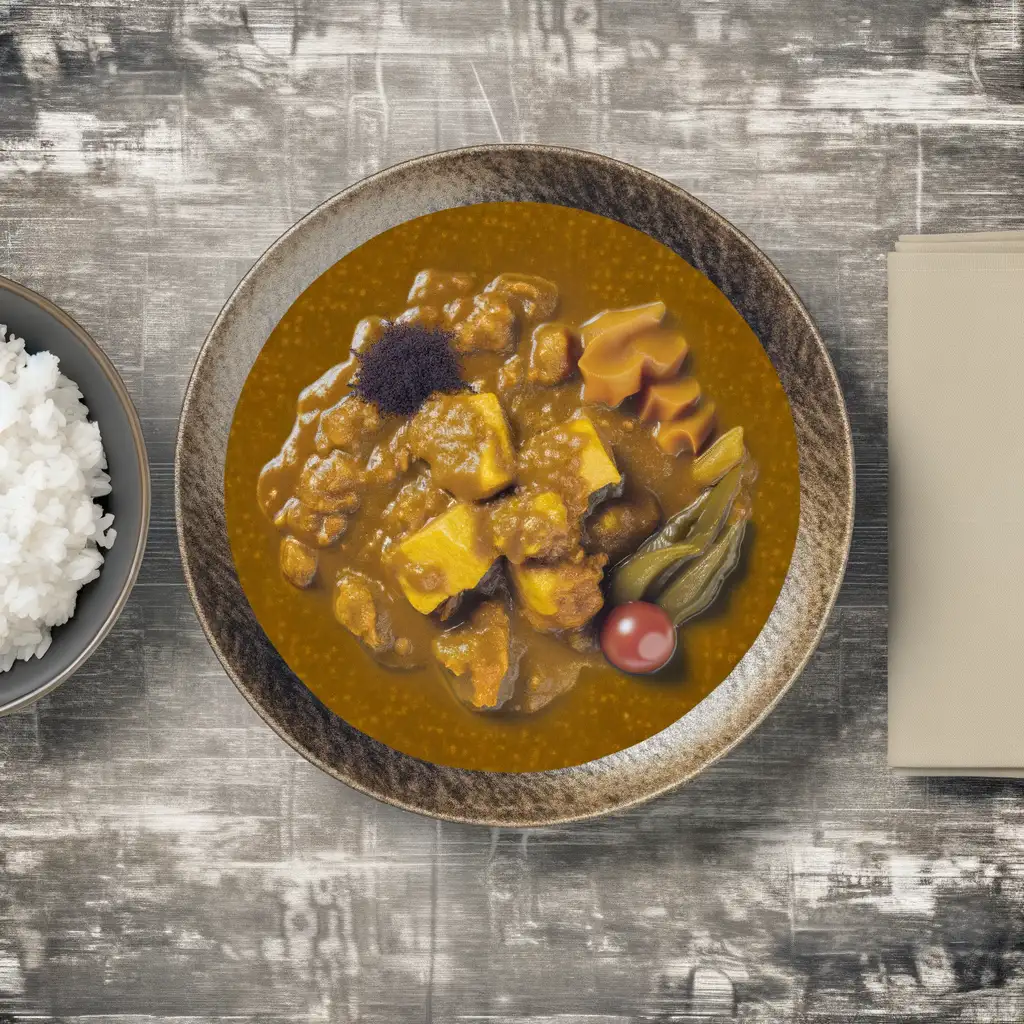
A unique style of curry that is often milder and sweeter than traditional Japanese curry, typically served with rice and various toppings.
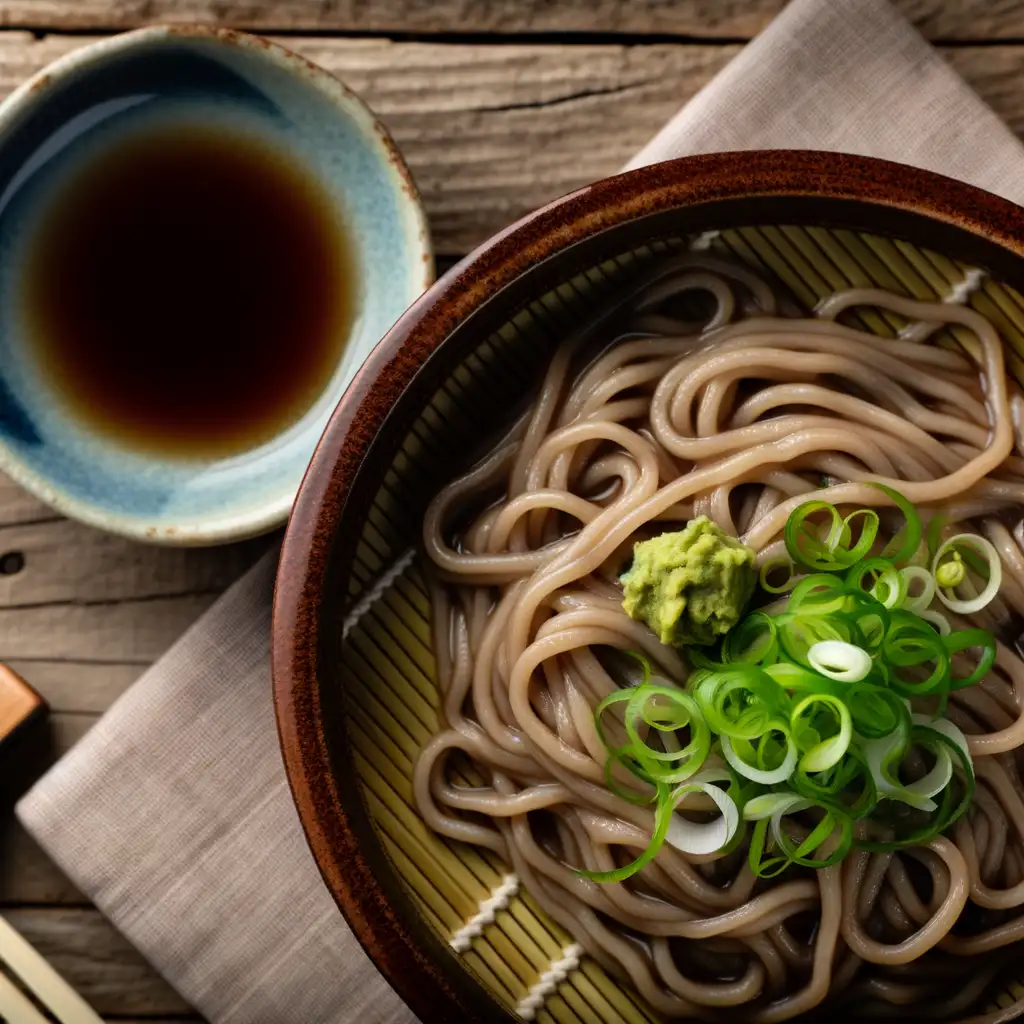
A local soba noodle dish that is served cold with a dipping sauce, often garnished with green onions and wasabi.

Fluffy pancakes served with a variety of toppings, popular in the trendy cafes located in the historic Red Brick Warehouse area.
Tokyo feels like stepping into a living,breathing mosaic where tradition and futurism dance side by side. The moment you arrive,you’re swept up in a vibrant energy that hums through neon-lit streets and quiet temple gardens alike. Imagine the buzz of Shibuya Crossing,where hundreds of people move in perfect chaos,the air tinged with the scent of sizzling street food and fresh cherry blossoms in spring. It’s a city that never quite sleeps,yet somehow offers pockets of serene calm if you know where to look.
Walking through Tokyo,you’ll hear a symphony of sounds—from the rhythmic clatter of trains to the soft murmur of locals chatting over steaming bowls of ramen. The city’s character is a fascinating blend of meticulous order and playful creativity. You can find centuries-old shrines nestled between sleek skyscrapers,and quirky themed cafes that feel like stepping into another world. The taste of Tokyo is unforgettable too—whether it’s the delicate umami of sushi at a tiny neighborhood spot or the comforting warmth of matcha-flavored sweets.
What makes Tokyo truly unique is how it embraces contrasts without missing a beat. It’s a place where you can lose yourself in sprawling shopping districts,then find quiet reflection in a moss-covered garden. The people,warm and respectful,add a layer of kindness that makes the city feel welcoming despite its size. If you’re curious,open-hearted,and ready to explore,Tokyo will surprise you at every turn and leave you with stories you’ll want to share again and again.
If you’re craving a place where history gently brushes against the present,Kamakura is like stepping into a living storybook. The moment you arrive,there’s this calm energy in the air—part seaside breeze,part ancient temple tranquility—that instantly slows your pace. Imagine wandering down narrow streets lined with cozy cafes and small shops,the scent of fresh matcha mingling with salty ocean air. It’s a city that invites you to breathe deeply and soak in its quiet charm.
What really makes Kamakura stand out is its blend of natural beauty and rich culture. You’ll find yourself surrounded by towering cedar trees and moss-covered stone lanterns as you explore sprawling temple grounds. The iconic Great Buddha,sitting serenely against a backdrop of lush hills,feels like a gentle guardian watching over the town. And if you time it right,the soft rustle of bamboo leaves and the distant call of cicadas create a soundtrack that’s both peaceful and alive.
Don’t miss the chance to taste Kamakura’s local flavors—fresh seafood from the nearby Sagami Bay,delicate shirasu (tiny whitebait) served over rice,and sweet,chewy mochi that melts in your mouth. Whether you’re sipping a cup of hand-poured coffee in a tucked-away café or strolling along the beach at sunset,Kamakura wraps you in a warm,timeless embrace. It’s a place that stays with you long after you leave,quietly whispering stories of Japan’s past and present.
If you’re craving a break from the city buzz,Hakone feels like stepping into a serene painting where nature and tradition blend effortlessly. The moment you arrive,there’s this gentle hush in the air,broken only by the soft rustle of leaves and the distant splash of hot springs bubbling beneath the earth. The crisp mountain air carries a faint scent of pine and fresh rain,instantly calming your mind and inviting you to slow down.
Wandering through Hakone’s winding streets,you’ll find charming ryokans with tatami mats and sliding paper doors,where the warmth of a steaming onsen wraps around you like a cozy blanket. The town’s character is deeply tied to its volcanic roots—steam vents puff quietly near the iconic Lake Ashi,where you can watch swan boats glide across mirror-like waters framed by the majestic silhouette of Mount Fuji on clear days. It’s a place where every corner feels thoughtfully preserved,yet alive with the subtle hum of local life.
Food here is a comforting adventure:imagine savoring freshly grilled black eggs from Owakudani’s sulfur springs,their smoky aroma mingling with the earthy mountain air,or sipping on matcha tea while nibbling on delicate sweets in a quaint teahouse. Hakone isn’t just a destination; it’s a gentle invitation to reconnect—with nature,with history,and with yourself. Trust me,once you’ve soaked in its quiet magic,you’ll carry a little piece of Hakone’s calm with you long after you leave.
If you ever find yourself craving a place where history and nature seem to dance together effortlessly,Nikko-shi is where you want to be. The moment you step into this mountain town,there’s a peaceful hum in the air—like the soft rustle of ancient cedar trees mingling with the distant chime of temple bells. It’s a place that invites you to slow down,breathe deeply,and soak in the quiet grandeur of its surroundings. The streets are lined with traditional wooden shops and cozy cafes,where the scent of fresh soba noodles and sweet yuzu treats wafts through the air,tempting you to pause and savor local flavors.
What really makes Nikko special is its rich tapestry of culture and spirituality. The ornate carvings and vibrant colors of the Toshogu Shrine are breathtaking,but it’s the stories whispered by the moss-covered stone lanterns and the gentle flow of the nearby waterfalls that truly linger in your mind. Walking through the forested paths,you can almost feel the centuries of devotion and artistry that shaped this place. It’s a city that wears its history with quiet pride,yet feels alive and welcoming.
Beyond the temples,the natural beauty is simply stunning. Imagine crisp mountain air filling your lungs as you hike around Lake Chuzenji or gaze up at the roaring Kegon Falls. In autumn,the fiery reds and golds of the leaves create a magical canopy overhead,making every step feel like a scene from a painting. Nikko-shi isn’t just a destination; it’s a soulful experience that stays with you long after you leave.
Imagine stepping into a city that buzzes with an infectious energy,where neon lights splash vibrant colors across the night sky and the air hums with laughter and chatter. That’s Osaka for you—a place that feels alive in the most welcoming way. It’s not just a city; it’s a warm,spirited friend who invites you to dive into its lively streets,where every corner tells a story. The scent of sizzling takoyaki and okonomiyaki wafts through the air,tempting you to stop and savor the rich,comforting flavors that define Osaka’s food culture.
Walking through Dotonbori,you’ll hear the rhythmic clatter of chefs flipping pancakes on hot griddles,mixed with the playful calls of street vendors. The city’s character shines in its blend of old and new—ancient castles stand proudly near bustling shopping arcades,and traditional theaters share space with quirky,modern cafes. People here are famously friendly and down-to-earth,always ready with a smile or a helpful tip,making you feel instantly at home.
What makes Osaka truly special is its unapologetic joyfulness. It’s a city that celebrates life through its food,festivals,and everyday moments. Whether you’re savoring a bowl of rich ramen,exploring vibrant markets,or simply soaking in the neon-lit riverbanks,Osaka wraps you in a warm embrace that lingers long after you leave. Trust me,once you experience its spirited charm,you’ll find yourself dreaming of coming back.
Imagine stepping into a place where the ocean breeze carries the scent of salty waves mingled with the sweet aroma of tropical flowers—welcome to Naha,the vibrant heart of Okinawa. This city pulses with a laid-back energy that feels both refreshing and inviting,a perfect blend of island charm and urban buzz. As you wander through its lively streets,you’ll hear the rhythmic chatter of locals,the clinking of glasses in cozy izakayas,and the distant hum of traditional sanshin music weaving through the air.
Naha’s character is deeply rooted in its unique Ryukyu heritage,which you can see in the colorful Shuri Castle ruins and taste in the local cuisine. Don’t miss trying Okinawa soba,a comforting bowl of thick noodles swimming in a rich broth,or the sweet,chewy sata andagi donuts sold by friendly vendors. The city’s markets,especially Makishi Public Market,are a feast for the senses—vibrant stalls bursting with fresh seafood,tropical fruits,and handmade crafts that tell stories of the island’s past and present.
What really sets Naha apart is its warm,welcoming spirit. People here move at their own pace,inviting you to slow down and savor the moment. Whether you’re exploring the colorful murals in Kokusai Street or watching the sun dip below the horizon at Naminoue Beach,Naha feels like a place where every corner holds a new story,and every smile makes you feel right at home.
Scammers install skimming devices on ATMs to steal card information from unsuspecting users.
Tourists may be lured into bars or clubs with promises of discounts, only to face exorbitant bills or hidden charges.
Fraudsters approach tourists asking for donations to fake charities or causes, often using emotional appeals.
Tourists are overcharged by unlicensed or rogue taxi drivers who take unnecessarily long routes or demand inflated fares.
Scammers pose as tour guides and charge tourists for unnecessary or fake tours, providing little to no value.
Crowded areas like train stations or tourist attractions may have pickpockets who target distracted tourists.
Some establishments may add hidden fees or inflate prices for tourists, especially in areas with high tourist traffic.
Vendors may sell counterfeit goods or charge excessive prices for items, targeting tourists unfamiliar with local prices.
Japan has very strict drug laws, and this includes Yokohama. The possession, use, or trafficking of illegal drugs is severely punished, with potential penalties including long prison sentences and heavy fines. Even some medications that are legal in other countries may be restricted or require special permission in Japan. Tourists should ensure they are not carrying any prohibited substances.
In Yokohama, smoking is generally prohibited in many public areas, including streets, parks, and other outdoor spaces. Designated smoking areas are available and should be used. Smoking is also banned in most indoor public places such as restaurants, bars, and public transportation. Violators may face fines.
Vaping is subject to similar regulations as smoking in Yokohama. It is prohibited in public areas and indoor spaces where smoking is banned. Designated areas for vaping may be available, and it is advisable to use them to avoid fines.
What are other people saying about Yokohama?
Recent Social posts about Yokohama
There is nothing to show you for now.